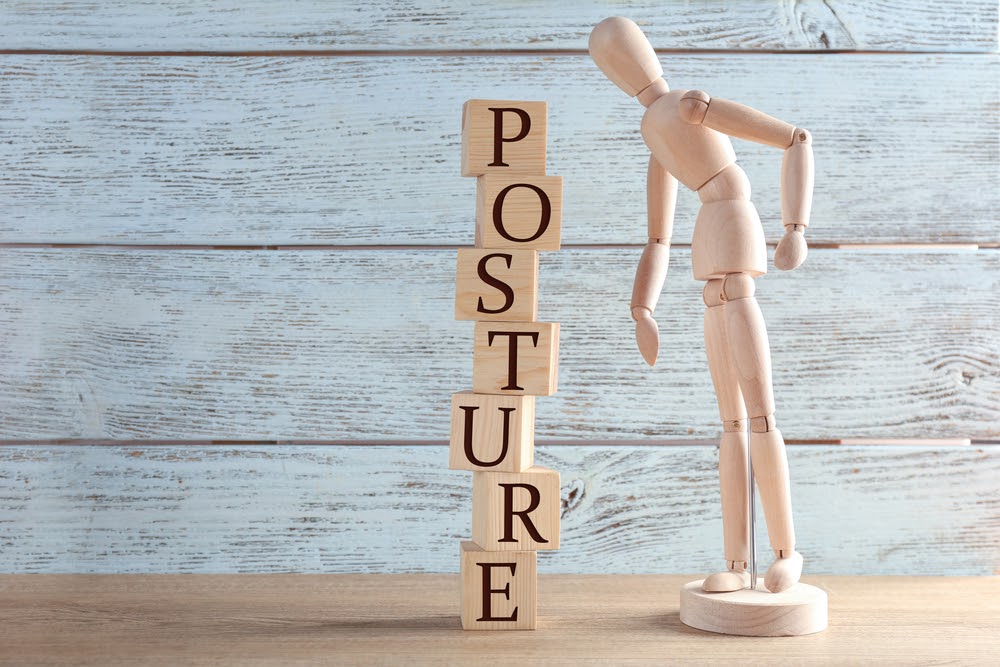At some point in our upbringing, an adult is bound to call attention to our posture with all-too-well-known phrases such as “stand up straight,” or “no slouching!”. More often than not, the direction is met with a seemingly involuntary jump and self-fix — associating “good posture” with how we end up: straight back, shoulders down, tight core.
However, the more you try to maintain it, the more you realize it’s nothing but a means to some irrational end — to one day be able to hold this perfect posture with comfortability, even if it produces nothing but tense awkwardness. The idea of “perfect posture” is just that — a concept based on notions of what good posture should look like based more on grade-school-era lore than scientific fact. Let’s take a look at some commonly-believed myths regarding posture:
Myth: Proper Standing or Sitting Posture Has to Be Straight
This advice fails to teach proper body alignment or help anyone avoid injury. If it did, we would all be symmetrical. When we consider “straight” to equate “proper alignment,” we put ourselves in a fixed, static position. However, optimal posture is dynamic — as opposed to fixed — to grant us the ability to move in various directions without needing to adjust our bodies.
Myth: Good Posture is Difficult to Achieve
It takes increased effort to remain in a fixed position — just think about how children wiggle, move, and fidget when they engage in their daily activities. Proper adult posture does not require additional effort, but less — and you shouldn’t have to strain to hold it. By that token, good posture is a by-product of fluid, aware movement — not something achieved via effortful striving.
Myth: Adequate Posture = Never Slumping
One shouldn’t limit their body’s ability to move and curl in certain ways. In fact, slumping employs this full range of motion, letting you move fluidly throughout the day. This means that your body’s natural twists and turns should feel comfortable.
Myth: There Exists Only “Good” and “Bad” Posture
Irrational fears of poor posture lead many to lock their body, often limiting movement entirely. Posture ought to be considered “efficient” or “inefficient” instead of good or bad. Efficient posture allows you to shift spontaneously and exert our full range of motion in various directions, while its inefficient counterpart does not.
If pain persists, consult a professional. For more information on physical therapy for back pain or sports injuries, contact us today!

